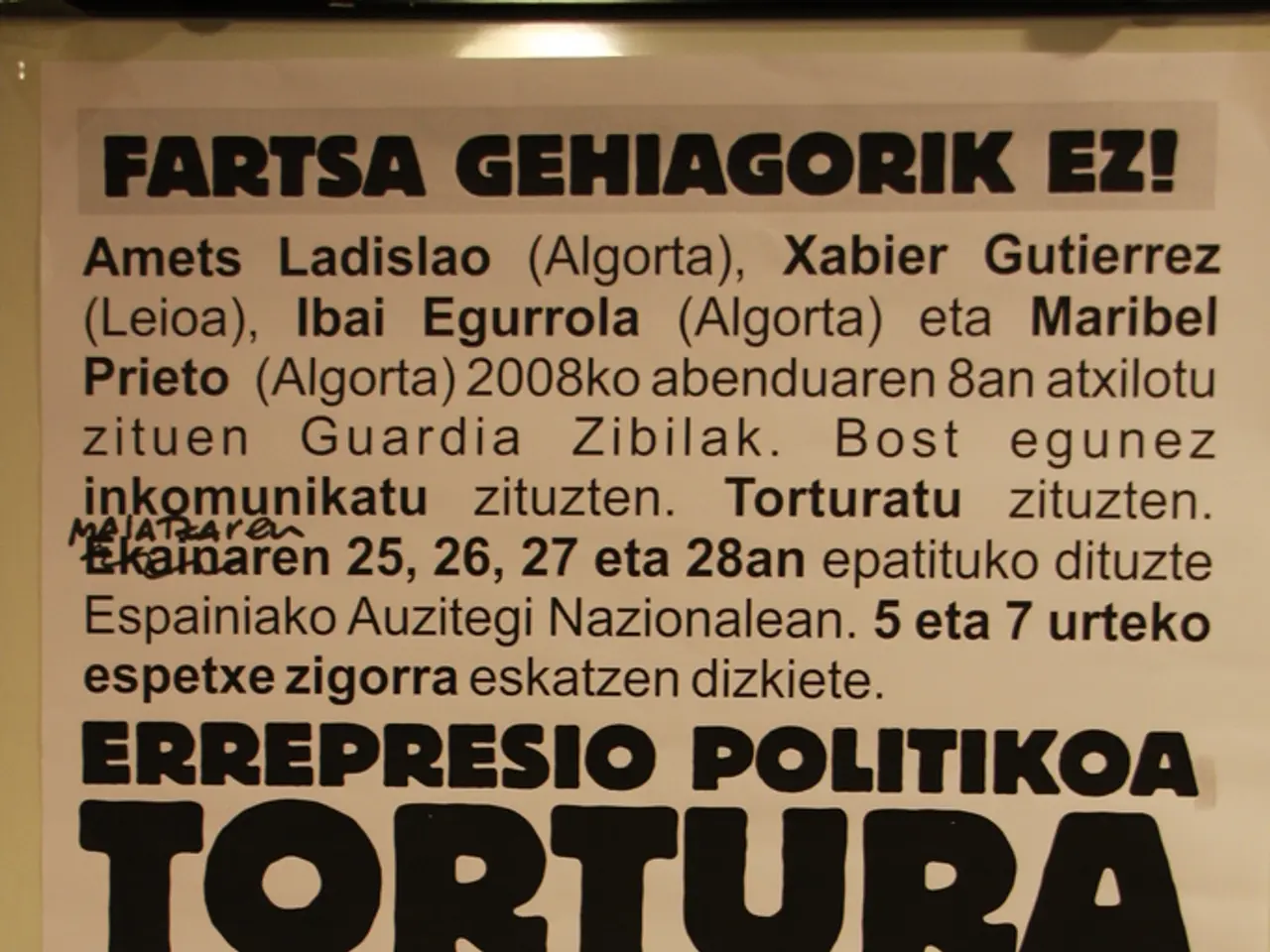YouTube's inconsistent application of misinformation controls across Europe is highlighted in a new warning
YouTube, a subsidiary of Google, has pledged to combat disinformation by signing the European Commission's Code of Practice on Disinformation. However, a report by AI Forensics reveals an inconsistent application of information panels designed to neutralize conspiracy theories across different European languages.
The report highlights that YouTube's system seems to prioritize major Western languages while neglecting regional and less widely spoken languages. As a result, users across Europe experience an unequal access to the corrective context provided by these panels. For instance, full availability is found in English, near-full coverage in German (except for the Armenian genocide), but very limited presence in languages like Icelandic, Lithuanian, Basque, Catalan, and Galician.
This inconsistency arises due to YouTube's disproportionate attention given to widely spoken Western European languages over smaller regional languages. The AI Forensics team used a web crawler to systematically test the presence of these panels and found this imbalance, underscoring the challenge of uniformly implementing content moderation and misinformation countermeasures across diverse language and cultural contexts in Europe.
Furthermore, the report states that YouTube's labels providing neutral information on topics laden with conspiracy theories are applied inconsistently throughout Europe. These labels, which include explanations of government funding for news sources, appear inconsistently across languages.
YouTube has acknowledged the inconsistencies and agreed to address them, but the specific measures have not been detailed. The company has also noted that information panels may not be available in all countries/regions and languages.
In response to these findings, researchers like Romano have developed tools to track the regularity of YouTube's information labels in various languages. People can use the publicly available tracker to see which topics have content labels in their language and identify any changes to the information panels.
If YouTube fails to correct the discrepancies, Romano is considering calling on the European Commission to investigate a potential breach of the Digital Services Act (DSA). The report found that two of Google's major tools to fight misinformation on YouTube only work sometimes and only in certain European languages.
In summary, while YouTube has taken steps to combat disinformation, the inconsistent application of information panels across European languages raises concerns about equal access to corrective context for users across the continent.
The inconsistencies in YouTube's application of information panels are problematic, as they prioritize major Western languages over regional and less-spoken languages, creating unequal access to corrective context for users across Europe. The AI Forensics report also highlighted that YouTube's inconsistent labelling of topics laden with conspiracy theories across various European languages could potentially breach the Digital Services Act (DSA), prompting researchers like Romano to consider calling for an investigation by the European Commission.




